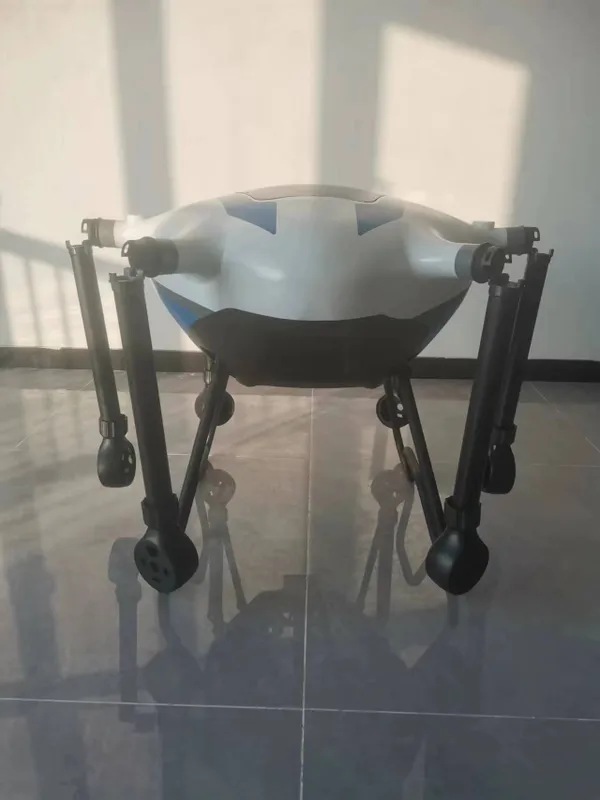Yang Guang
Sales manager

1. Lightweight: Carbon fiber is known for its exceptional strength-to-weight ratio. By utilizing carbon fiber structures, UAVs can be lightweight without compromising on strength. This results in increased payload capacity, longer flight times, and improved fuel efficiency for gas-powered UAVs. 2. Strength and Durability: Carbon fiber is a high-strength material, providing structural integrity and durability to UAV frames. This is crucial for ensuring the resilience of the vehicle during flight, especially in challenging conditions or unexpected situations. 3. Stiffness: Carbon fiber exhibits high stiffness, which contributes to the stability and precision of UAVs. Stiff frames help maintain the structural integrity of the vehicle, preventing deformations or vibrations that could impact flight performance. 4. Corrosion Resistance: Carbon fiber is inherently resistant to corrosion, unlike metals. This property is particularly beneficial for UAVs that operate in diverse environments, including coastal or marine areas, where exposure to moisture and salt can pose a threat to traditional metal structures. 5. Reduced Vibrations and Noise: The stiffness and damping characteristics of carbon fiber help reduce vibrations during flight. This not only contributes to smoother operation but also minimizes noise, making UAVs less intrusive in certain applications, such as surveillance or wildlife monitoring. 6. Customization and Complex Shapes: Carbon fiber materials can be molded into complex shapes, allowing for customized designs that optimize aerodynamics and performance. This flexibility in design contributes to improved efficiency and functionality for specific UAV applications. 7. Electromagnetic Transparency: Carbon fiber is transparent to electromagnetic waves, making it suitable for UAVs equipped with communication and sensor systems. This transparency ensures that signals from onboard electronics are not hindered or distorted by the material. 8. Fuel Efficiency and Extended Range: The lightweight nature of carbon fiber frames contributes to improved fuel efficiency, especially for gas-powered UAVs. This results in extended range and longer flight durations, allowing UAVs to cover larger distances or remain airborne for extended surveillance missions. 9. Quick Assembly and Disassembly: Carbon fiber structures often feature modular designs, allowing for quick assembly and disassembly. This feature is advantageous for UAVs that may need to be transported, deployed, and disassembled rapidly in various operational scenarios. 10. High-Performance Capabilities: The combination of lightweight, strength, and flexibility in carbon fiber structures enhances the overall performance capabilities of UAVs, making them more agile, responsive, and adaptable to different mission requirements.
Port of shipping
China
Qingdao, Weihai
Sales manager